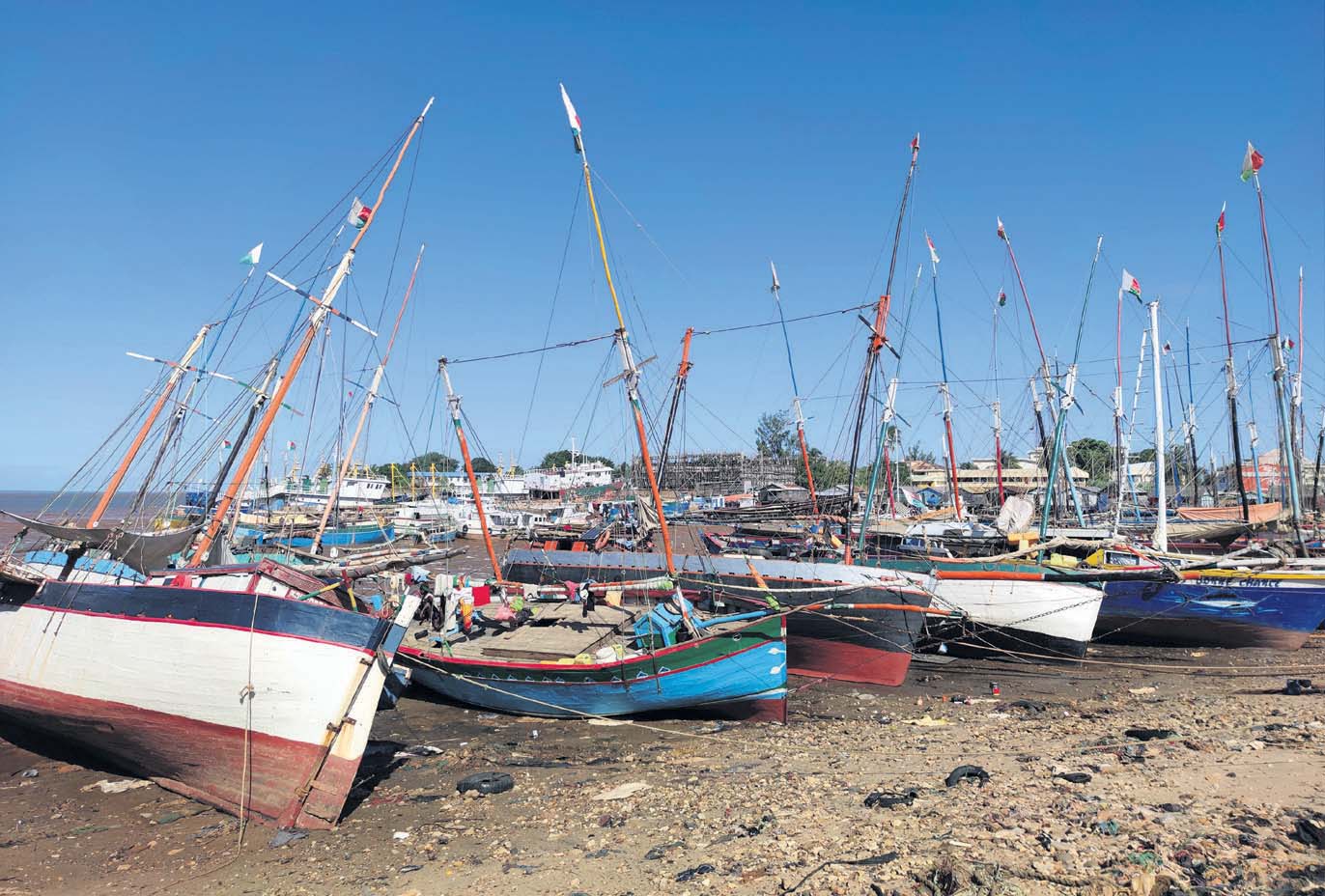The Maritime Reorientation of China in the Indian Ocean
China’s distant water fishing industry has been under heavy scrutiny recently, sparking considerable controversy over its social, ecological, and geopolitical impact. In 2018, a 10-year investment of 2.7 billion USD from China into fisheries in Madagascar, endorsed by the then Malagasy president, stirred backlash from both Madagascar’s technocrats and international civil society. The deal was called off eventually, but it raises an acute question about Chinese fisheries’ interest in the Indian Ocean, an ocean highway plagued by overfishing, littoral underdevelopment, and maritime insecurity.
Chinese transoceanic fishing fleets and their bases – aquacultural farms, seafood brokers, and logistic companies – play an important role linking the aquatic food chain between Madagascar and its surrounding waters. By identifying their origins, modalities, and trajectories as well as the distribution of seafood produce, this paper not only seeks to shed light on China’s blue footprint in this ecologically vulnerable area, but also to question assumptions regarding the presence of Chinese fishers as being an outcome of the expansion of state capitalism. Instead, I foreground the importance of a historically-grown Indian Ocean network without much involvement of the state, thereby complicating the overarching narratives of state development.
This novel perspective allows a shift from the current state-centred perspective to a people-centred perspective on distant water fishing. It questions the nature of overfishing as a Capitalocenic morbidity that not only endangers the sea but also alienates the life of common fishers. In the past years, Chinese fishing fleets have transformed Madagascar’s seascape, facilitating the dispossession of local marine resources while inserting them into the global market via an “underwater” network intertwined with the larger interests of state and capital. Zooming in on Chinese fishing fleets’ development practices through the lens of a living Sino-Malagasy maritime space helps to illuminate the scale of China’s impact in Africa’s seas.

Fig. 1: Malagasy fishing boats (Photo by the author, 2022).
Furthermore, the focus on the fishing and maritime industry in Madagascar answers to a “seablindness” 1 in mainstream studies of China-Africa relations, of the Maritime Silk Road, or of China’s global expansion, which are typically land-focused. Incorporating the role of Chinese seabound migrants in the longue durée of Asian fishers’ transoceanic mobility across the Afrasia sea 2 (i.e., the Indian Ocean) echoes to a maritime reorientation in anthropology that re-evaluates not only the relationship between land and sea but also the sanitizing role of development projects. 3 In the case of the Indian Ocean, which has been always at the crossroads of ancient and modern maritime worlds, the recent Indo-Pacific conceptualization has again brought this ocean to the forefront of the geopolitical chessboard. Yet, its littoral regions are poorly developed in comparison with the busy maritime transport and marine resources it provides, especially on its western (African) side. This situation owes much to the region’s peripheral position in the colonial world system and on the edge of the Eurasia. Such a European- and continental-centered system is now being challenged by the revival of lateral commercial flows from China and India to Africa, via the localized maritime links across the Indian Ocean. This is a controversial, inadequately defined form of extraction, 4 but it is still a promising “catalyst” that may “finally haul Africa from underdevelopment and poverty.” 5 However, as the case of Madagascar shows, the development of Sino-Malagasy space not only rewrites the thalassology of the Indian Ocean 6 but also reveals its problematic entanglements into present-day enclosures of local resources. 7
Xuefei Shi, Postdoctoral Researcher, Chr. Michelsen Institute, Norway. Email: xuefei.shi@cmi.no